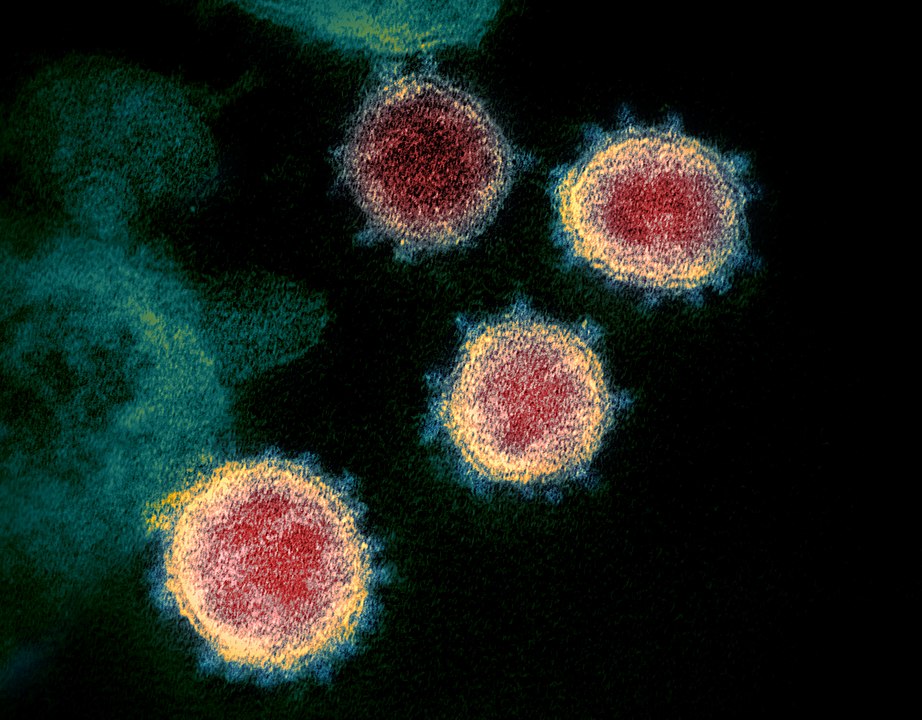
Disease is one of those stresses on our systems that prompts and promotes the spread of misinformation. All of us are hungry for information about how to respond to this disease, but with that desire comes a certain level of credulousness that lets in misinformation.
Check out the latest podcast from the Center for Inquiry to learn how to spot and avoid misinformation about COVID-19 from Benjamin Radford, who “… is deputy editor of Skeptical Inquirer science magazine and a Research Fellow with the non-profit educational organization the Committee for Skeptical Inquiry. He has written thousands of articles on a wide variety of topics, including urban legends, the paranormal, critical thinking, and media literacy.” [1]
While the interview is from earlier in the outbreak (when world-wide deaths were just 2000, whereas they are now over 10,000), the information is nonetheless timely and useful. [2]
Updates
- March 15, 2020: PolitiFact is now providing a single clearinghouse webpage for all fact checks related to claims about the coronavirus, pandemic, etc.
https://www.politifact.com/coronavirus/ - March 14, 2020: National Public Radio’s “All Things Considered” ran a story on identifying misinformation about COVID-19 [3].
References
[1] “Recognizing Misinformation and Staying Safe from Coronavirus”. Center for Inquiry. Podcast: “Point of Inquiry”. March 11, 2020.
[2] “Coronavirus Myths, Misinformation, and Conspiracies“. Benjamin Radford. Center for Inquiry. February 11, 2020.
[3] “Misinformation Around the Coronavirus“. All Things Considered. 14 March 2020. NPR.

